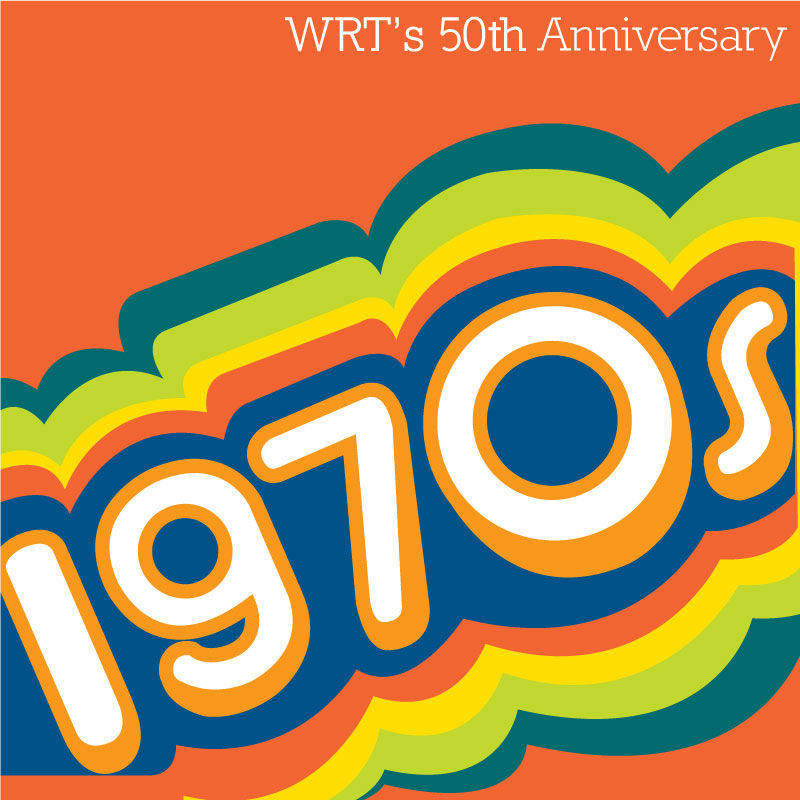It was the 1970s, and WMRT was making a name for itself in the planning world. From their offices at 18th and Cherry in Philadelphia, WMRT was winning commissions in not only planning, but also architecture and landscape architecture.
With the Plan for the Valleys under their belt, the Inner Harbor revitalization underway, and Ian McHarg’s book Design with Nature being widely regarded, the founders of the firm transitioned from full time teaching to managing a full time integrated practice. In this era, WMRT secured many award winning cross disciplinary projects, including the environmental planning for the Washington Metro Transit Authority, landscape design for the Inner Harbor in Baltimore, and historic restoration of the Hershey Corporate Headquarters.
Design with Nature set the stage for WRT’s reputation in sustainable design long before “green” was an overused word used for everything from organic clothing to waterless car washes. McHarg’s book publicized WRT’s approach to practice, principled on a design process that includes the analysis of environmental influences. Even then, WRT was innovative in its method of sustainable planning, guiding clients through the process of an evaluation of environmental impacts on design decisions. Though you’d be hard pressed to find a parallel slide ruler in the office today, the foundational concepts that guide WRT’s practice remain: attention to the client, the environment, and the design process.

